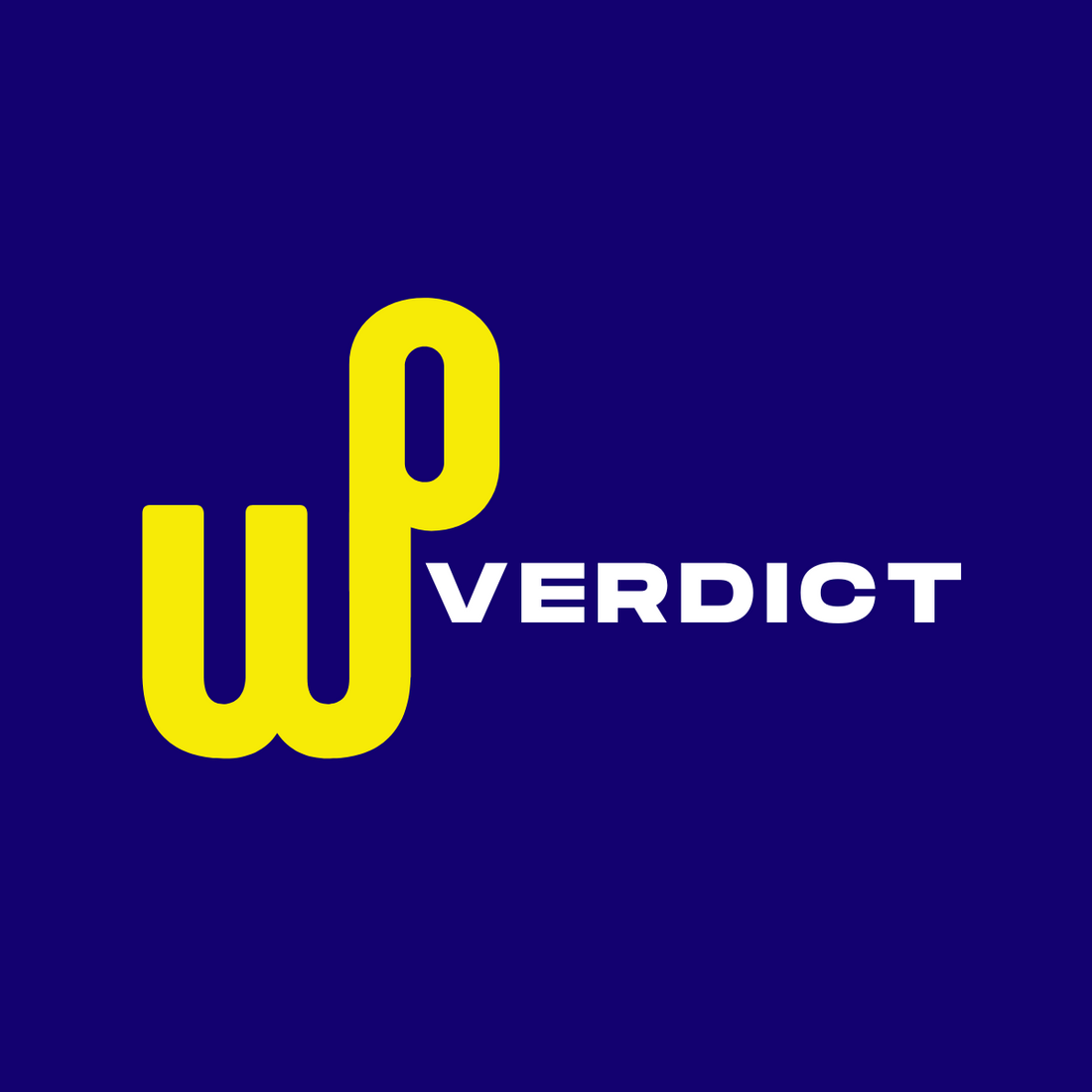
SportAI and Shark Join Forces in a Technology Leap for Pickleball
by Joe James
What’s the Story?
SportAI, an Oslo-based artificial intelligence (AI) startup, has partnered with Shark, a manufacturer of pickleball equipment, to develop an AI-powered coaching app.
The collaboration aims to offer Shark customers a coaching app that promises to bring cutting-edge technology to players and how to improve their game.
Currently under development, the app is slated to launch later this year and make the most of SportAI’s computer vision algorithms.
This technology will give users detailed technique analyses, encompassing critical aspects such as player movement, swing curves and ball-striking metrics.
Through generative AI, users will receive customised training plans and equipment suggestions tailored to their playing styles and needs.
Lauren Pedersen, co-founder and CEO of SportsAI, said to SBJ: “[One of the groups] we really wanted to go after was equipment brands and retailers who want this data in for product development, but also product recommendations.
“It’s super exciting to us,” Pedersen added.
SportAI’s models for analysing tennis and padel are more advanced than pickleball at this stage, but this partnership is the first step toward changing this.
The collaboration marks SportAI’s second commercial publicised contract, following their previous collaboration with MATCHi, a racket sports booking platform.
Going Deeper
Artificial Intelligence (AI) is now making inroads into pickleball, as seen with SportAI and Shark, who are set to unveil an AI-powered coaching app this year.
The AI sports market is estimated to be worth more than $2 billion and could potentially reach more than $7 billion by 2027.
The new technology offers players who are Shark customers the opportunity to receive a detailed analysis of their technique, such as player movement, swing curves and ball-striking metrics, as well as generative AI giving players customised training plans and equipment suggestions.
Platforms like SwingVision and PB vision are also using AI-driven tools to revolutionise player training.
The apps allow users to upload smartphone-recorded matches, which are then analysed to identify strengths and areas for improvement, such as swing speed and follow-through techniques.
Likewise, The Picklr partnered with Wingfield, a German-based technology company that previously just focused on tennis. Comprehensive shot tracking, match statistics, and interactive drills will be available through AI technology. This system provides data on ball placement, speed, and height, enabling players to use precise analytics to refine their game.
AI has also begun to monitor players to predict and prevent injuries. By analysing biometric data, these systems look at heart rate and joint stress and alert players of potential risks. Cedars-Sinai are one of the latest to become involved by using AI to massively speed up the ability to extract key data from clinical notes, which helps with preventive measures and treatment.
Many padel companies also make pickleball equipment, and plenty are harnessing AI to analyse where improvements can be made, as seen with Shark. AI-powered systems can determine material specifications and performance metrics for the design of new products.
Game strategy development has introduced AI to use algorithms to assist coaches and players to help formulate strategies while analysing opponent data, historical performances and current trends.
Pickleball is embracing AI, and it feels as if this is just the beginning, given that the world is in an early age of this new technology.
The World Pickleball Verdict
The sport’s adoption of AI-driven technology is an important evolution of the game, bringing cutting-edge developments and increased levels of competitive advantage, preventing injuries and analysing equipment details.
AI is being interwoven into our everyday lives, from political discourse to the very search engines we use every day, and the over-reliance on this technology is something to be wary of. But it must be said the details here are rather impressive, and being able to analyse injuries and playstyles is surely a valuable tool in refining skills and strategy whilst preventing injury.
This level of accessibility is unprecedented, given that real-time performance feedback has previously only been seen in sport at elite levels, so having this within the grasp of all players is a massive development of pickleball. For up-and-coming players, having AI-powered tools at the beginning of their journeys is an amazing achievement and can rectify the imperfections of their game at the root.
On the other hand, the cost of AI is not cheap, and it remains to be seen if this can truly be accessible to all players, as not all pickleball enthusiasts have the means to afford premium coaching tools. It is also important to not sanitise sport with technology, because what speaks to us sports fans are the acting on instinct, the creative, ingenious, inspired moments that only happen once, rather than a robotic, overly formulaic game, so the line is indeed fine.
I think it is important, and this can be applied to any sort of conversations around AI, that the technology should complement, not overtake, the human elements. Finding a harmonious balance is what is important here, but we should welcome the use of AI to prevent injuries, boost the quality of equipment and analyse games as pickleball continues to develop.
